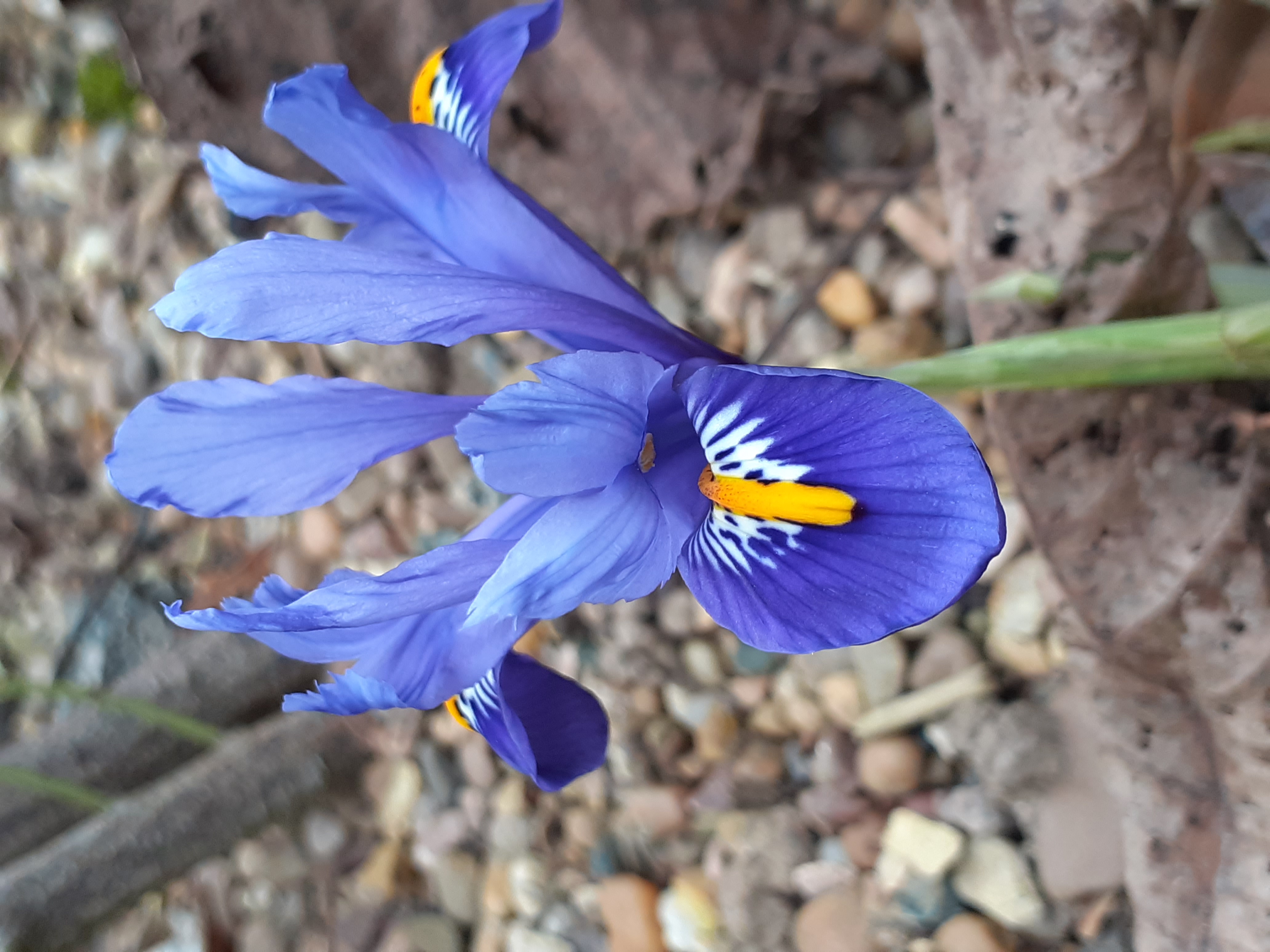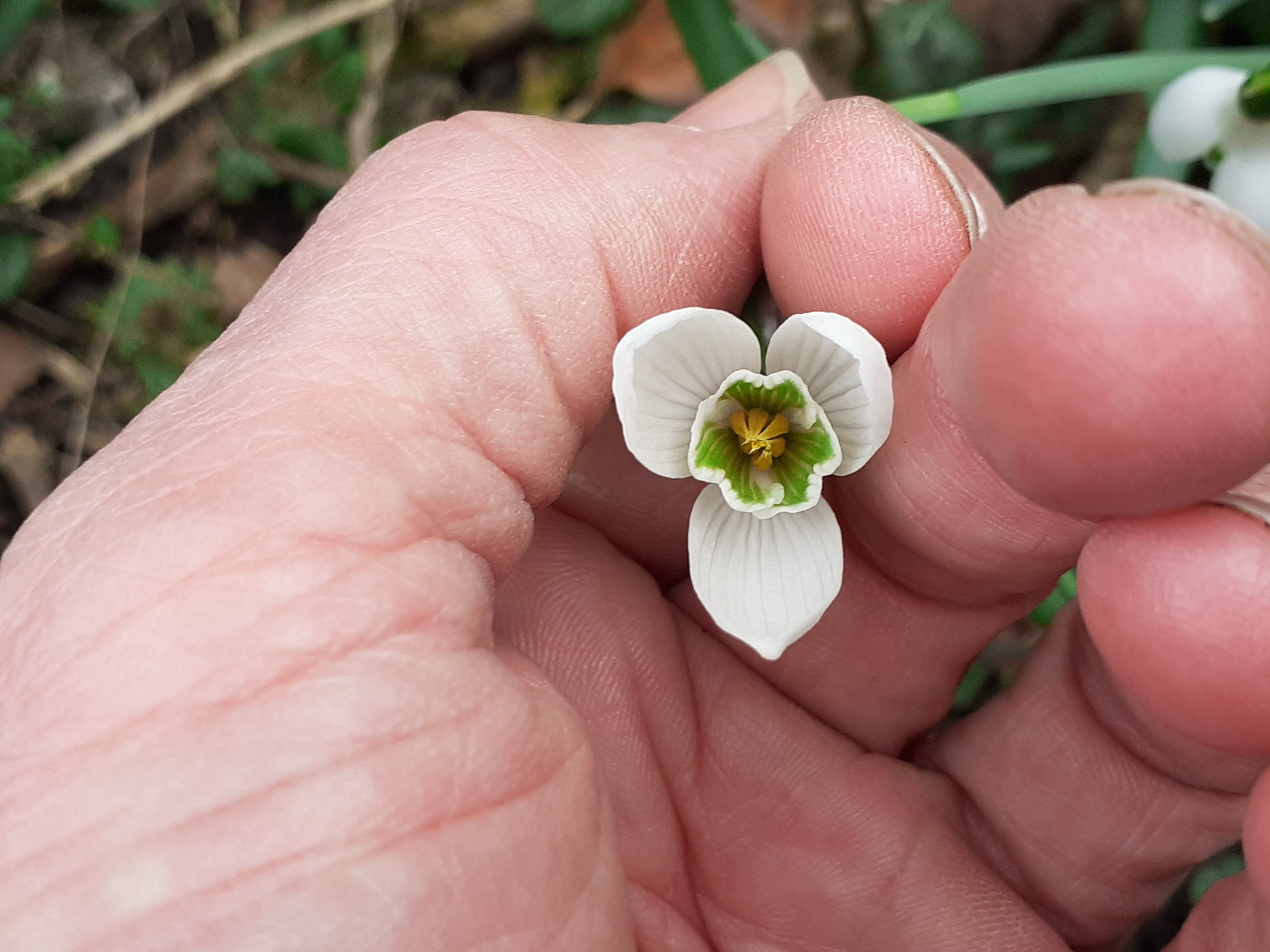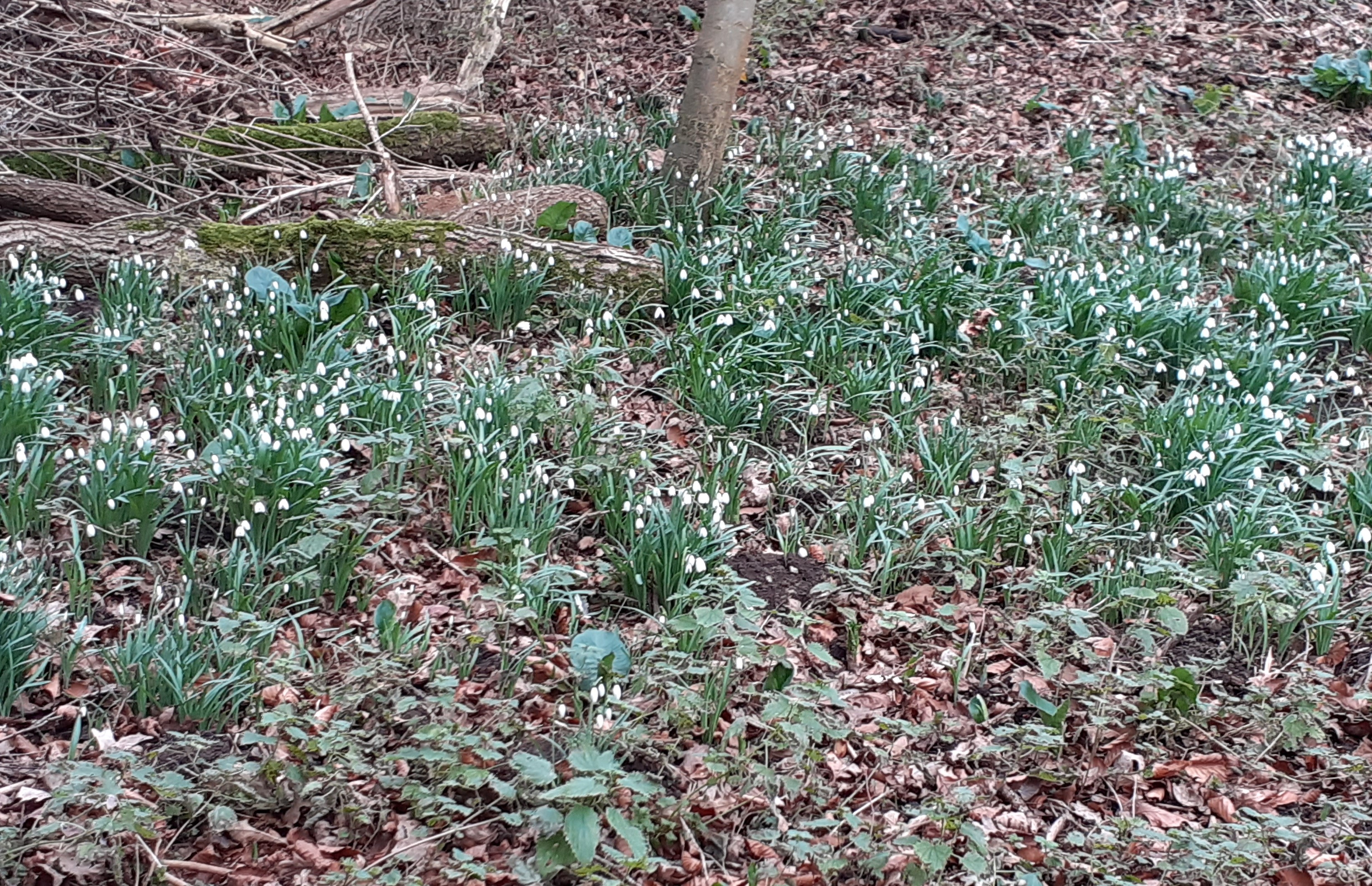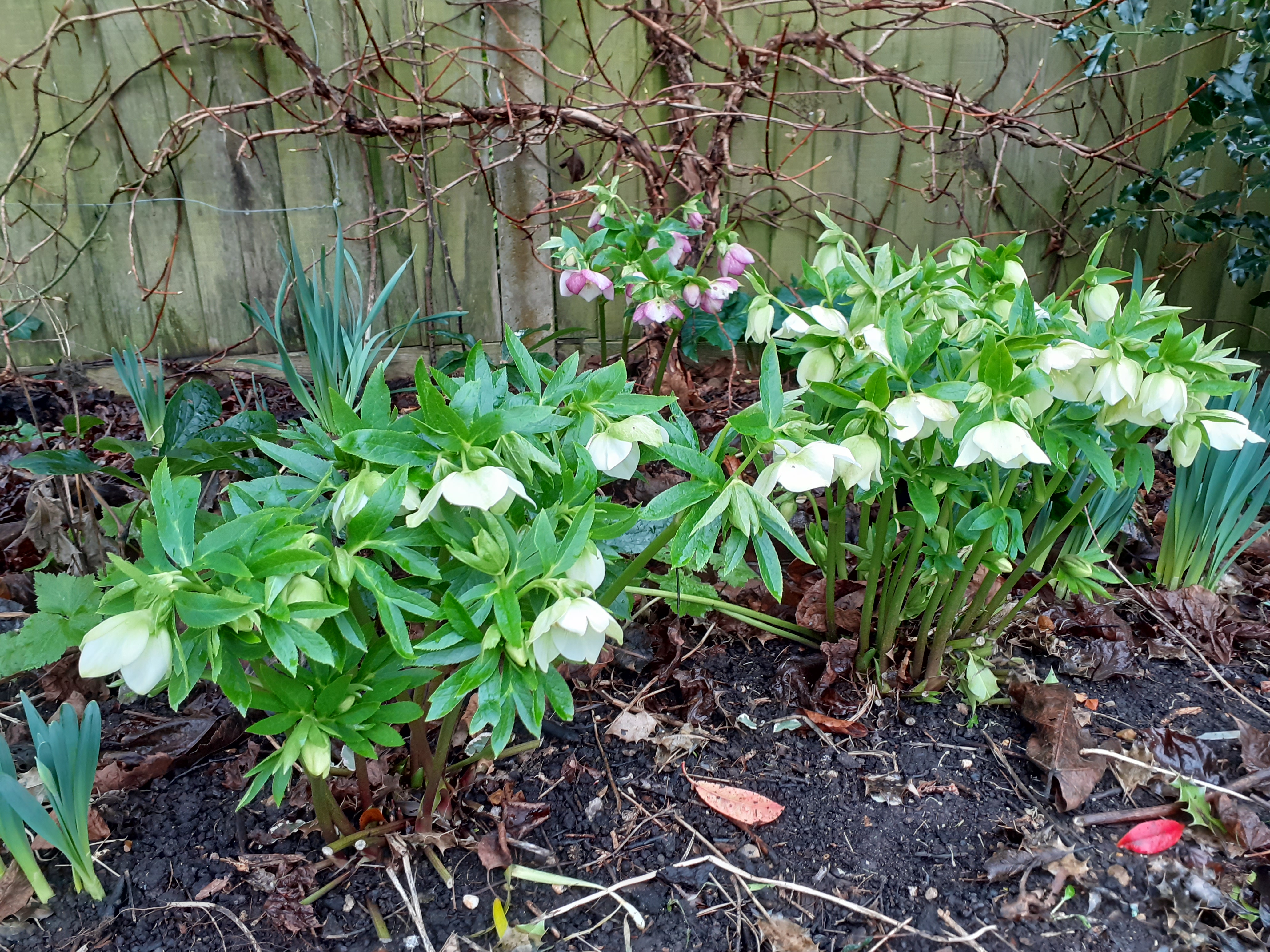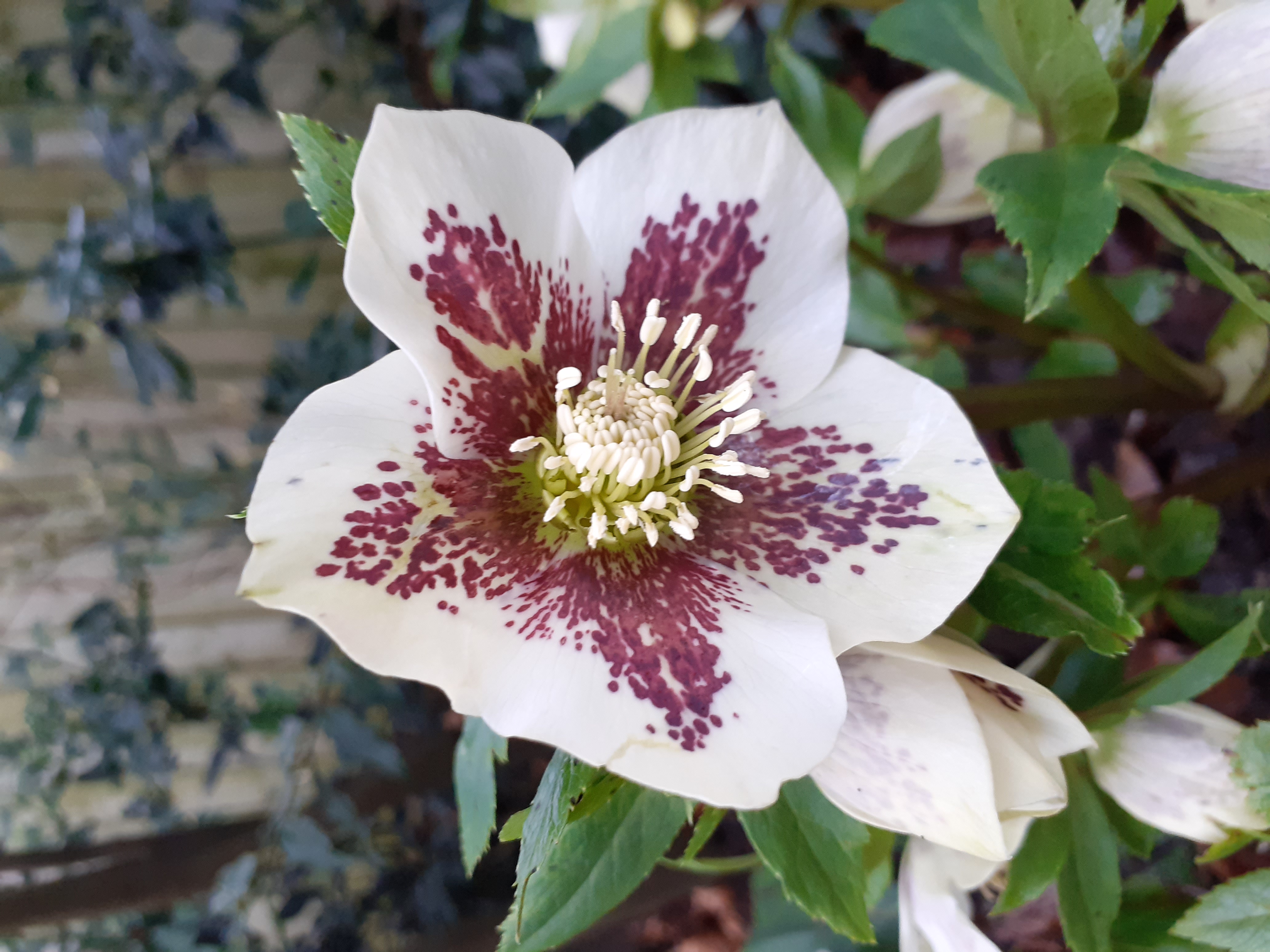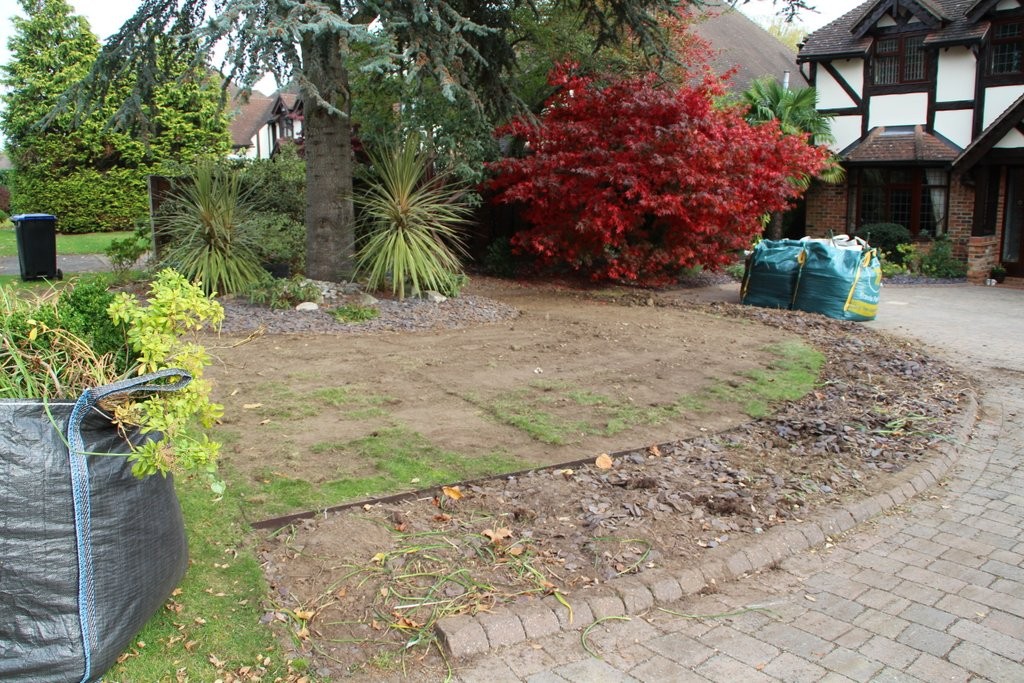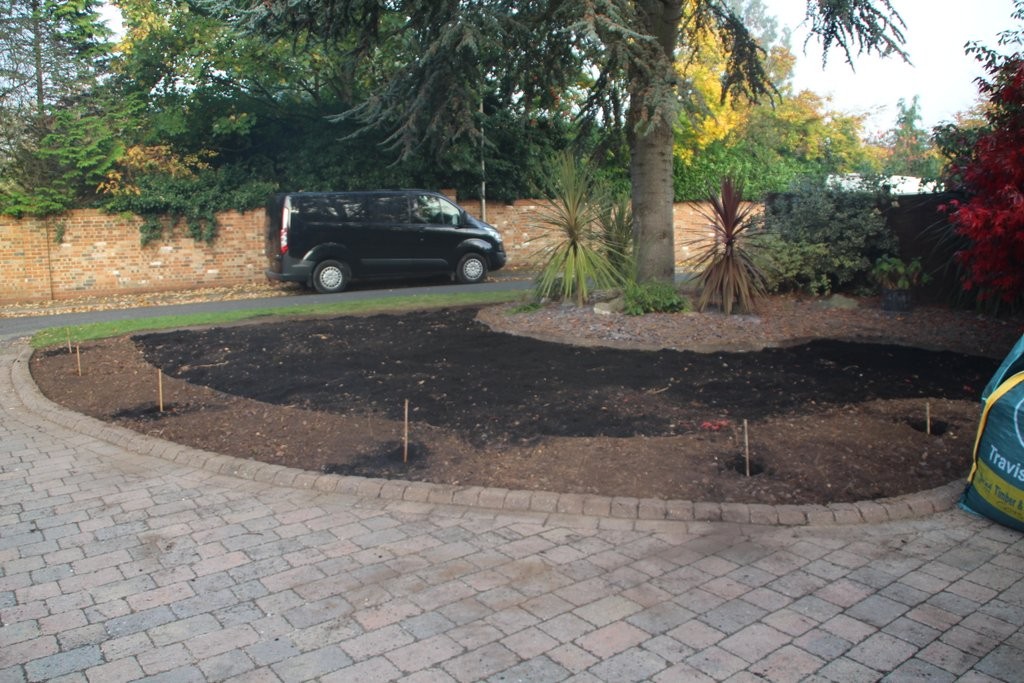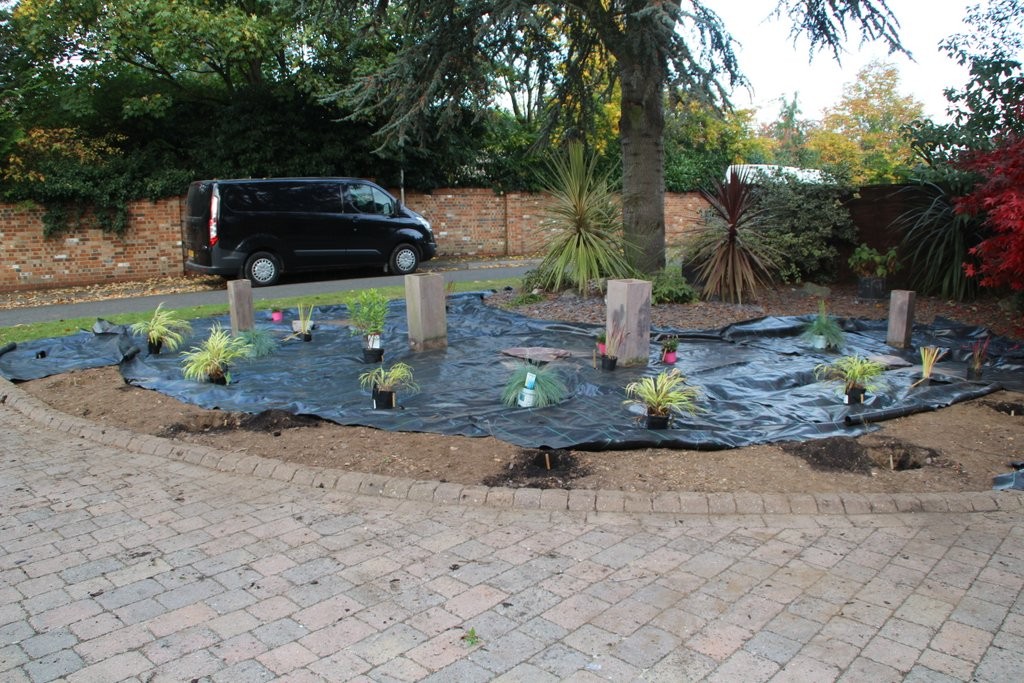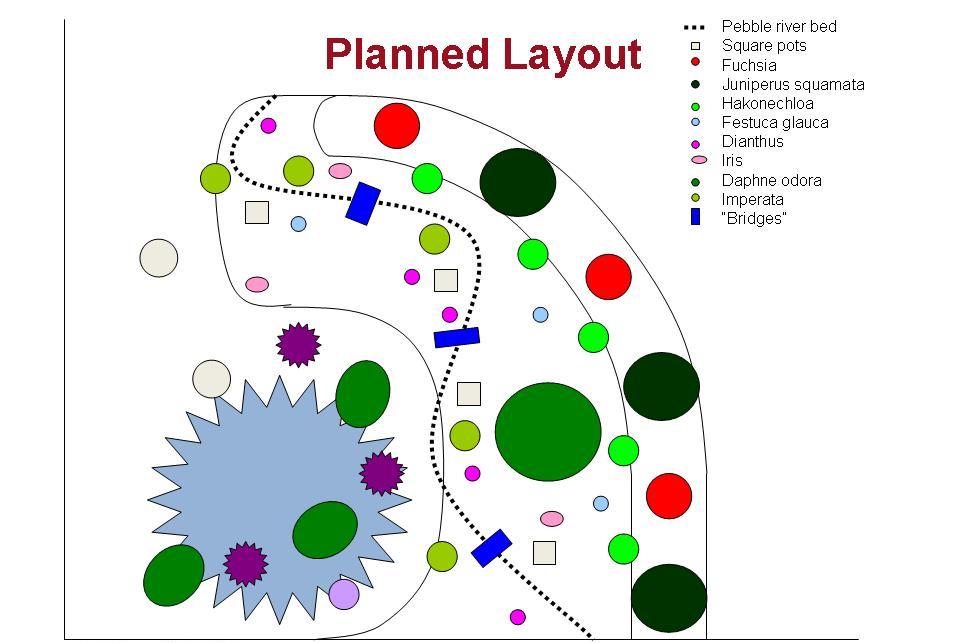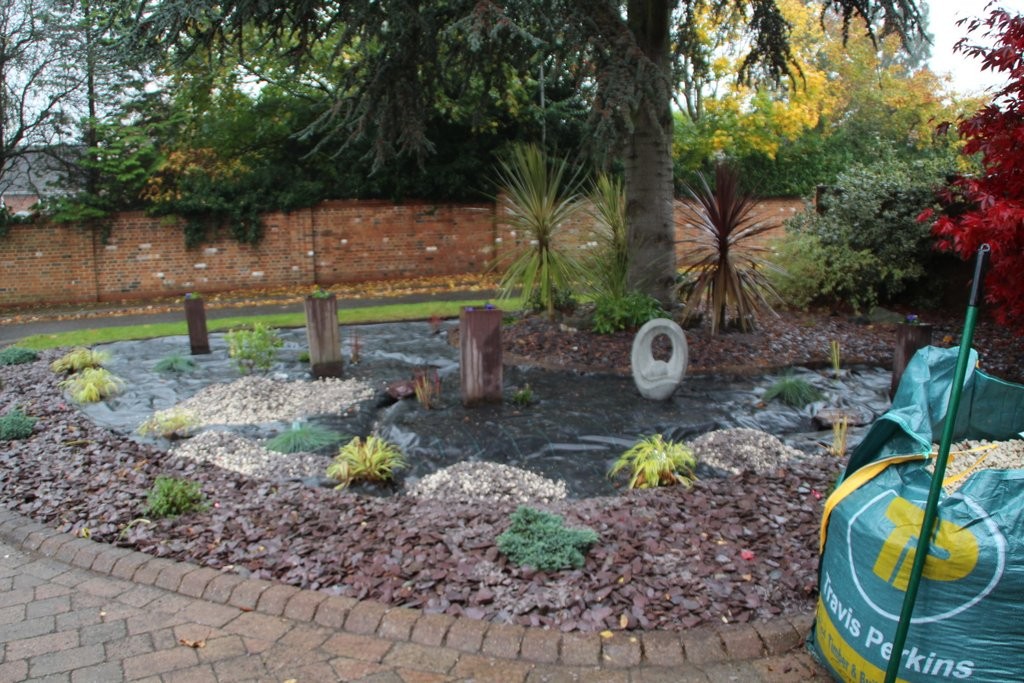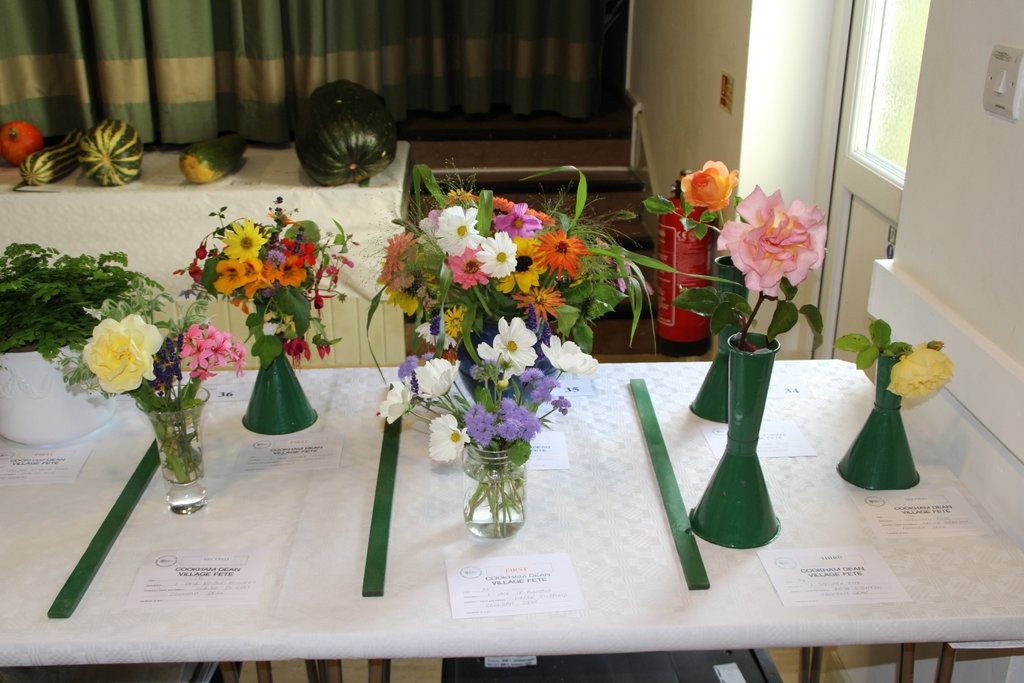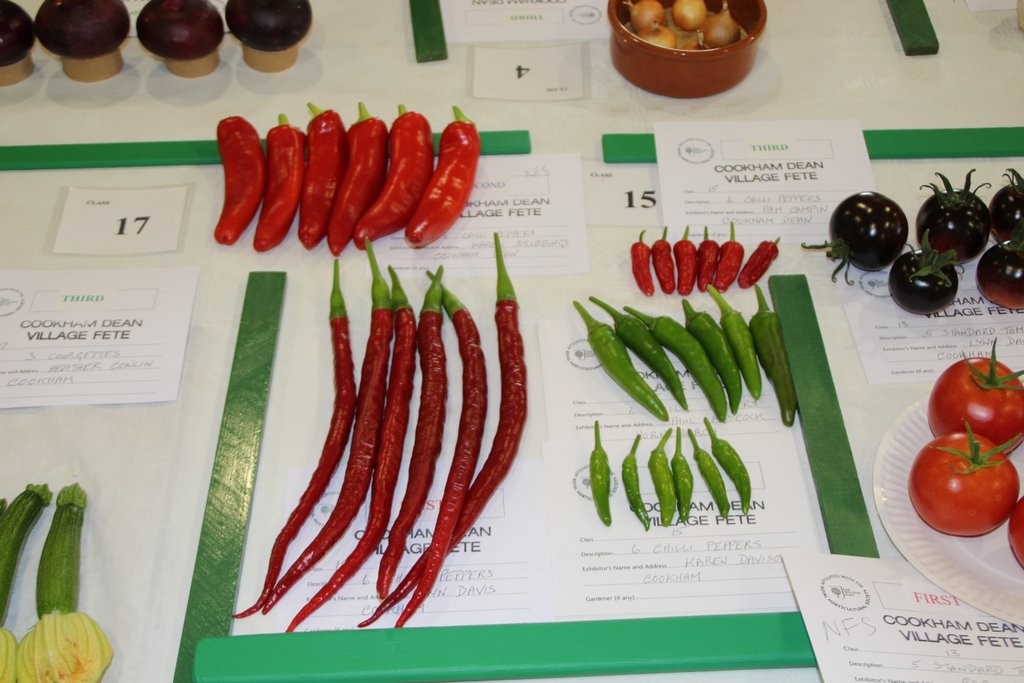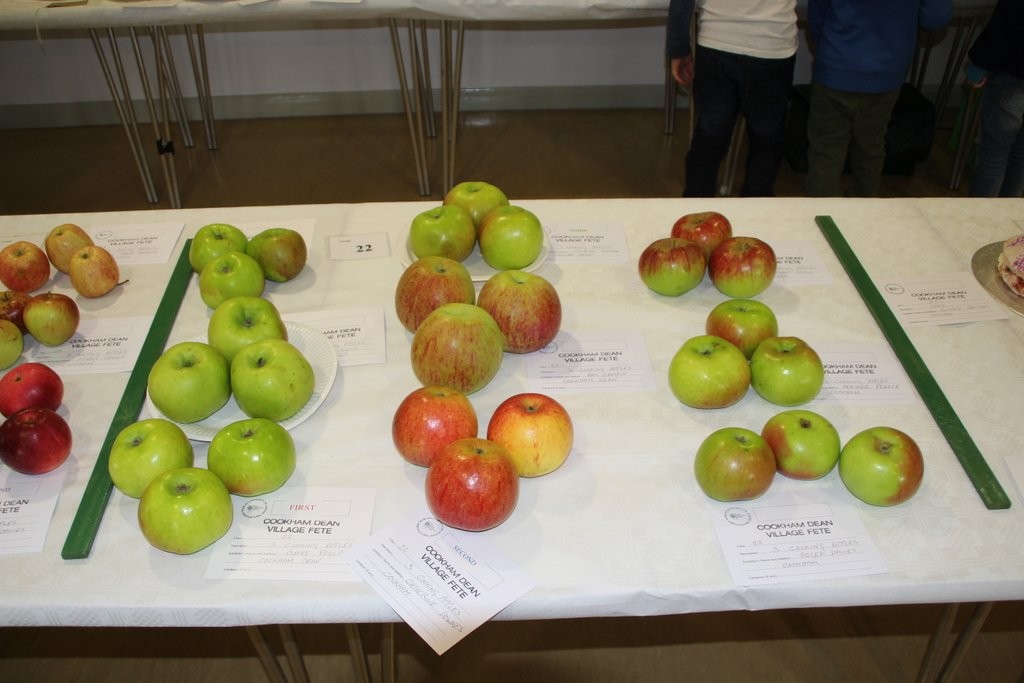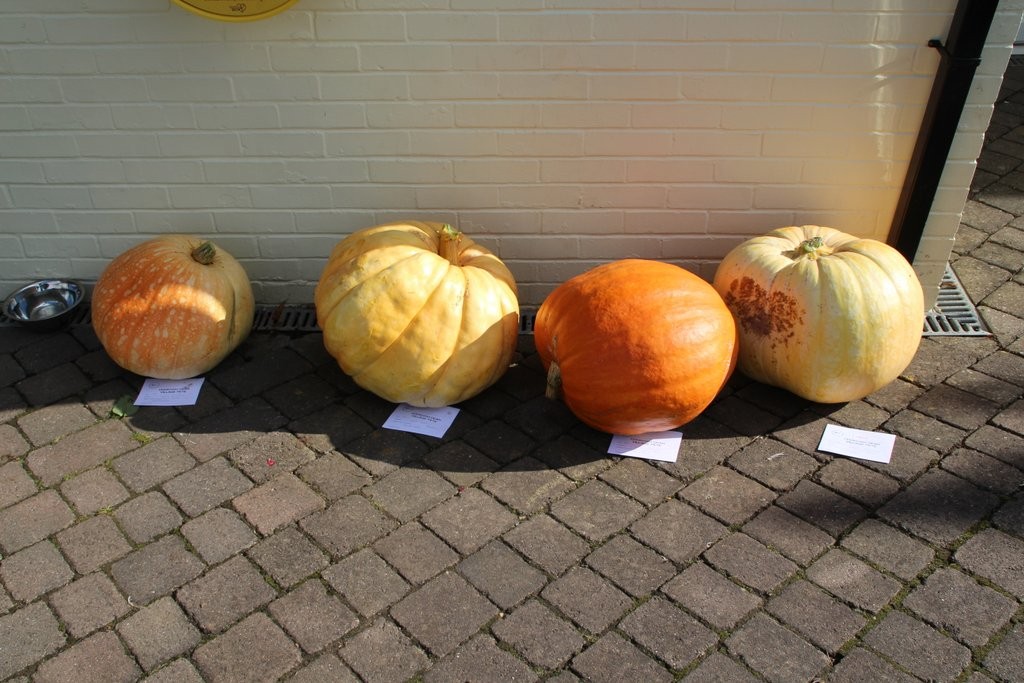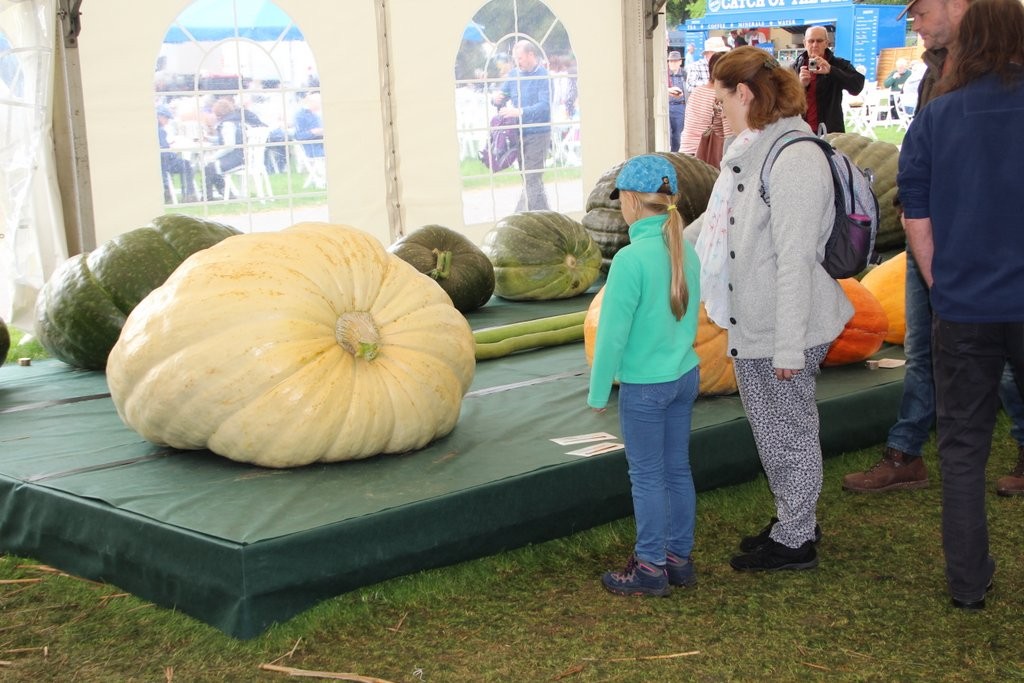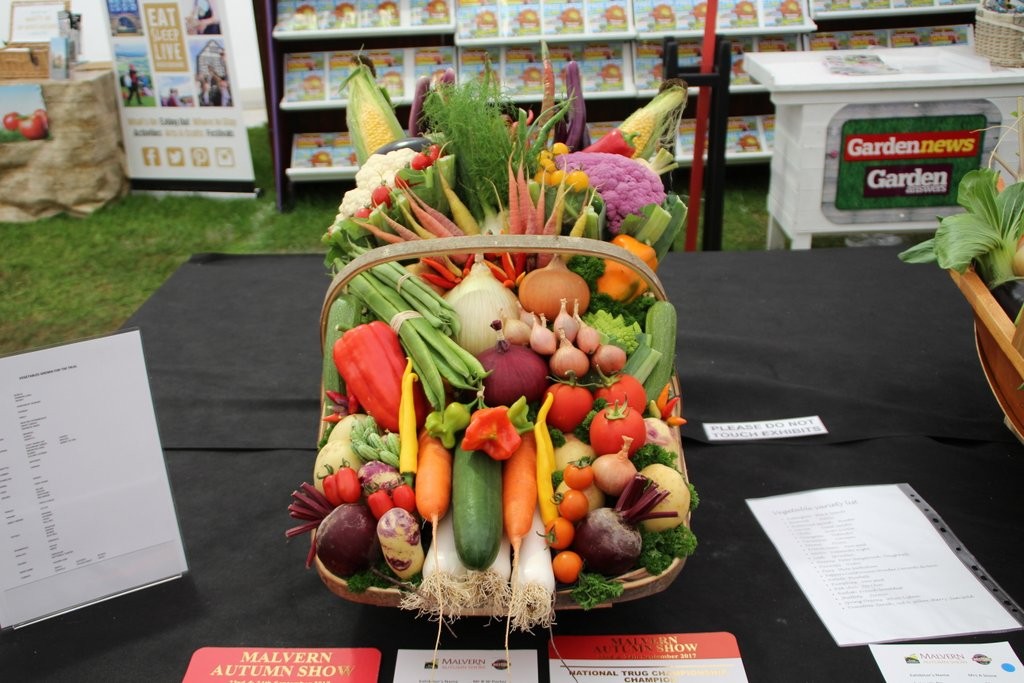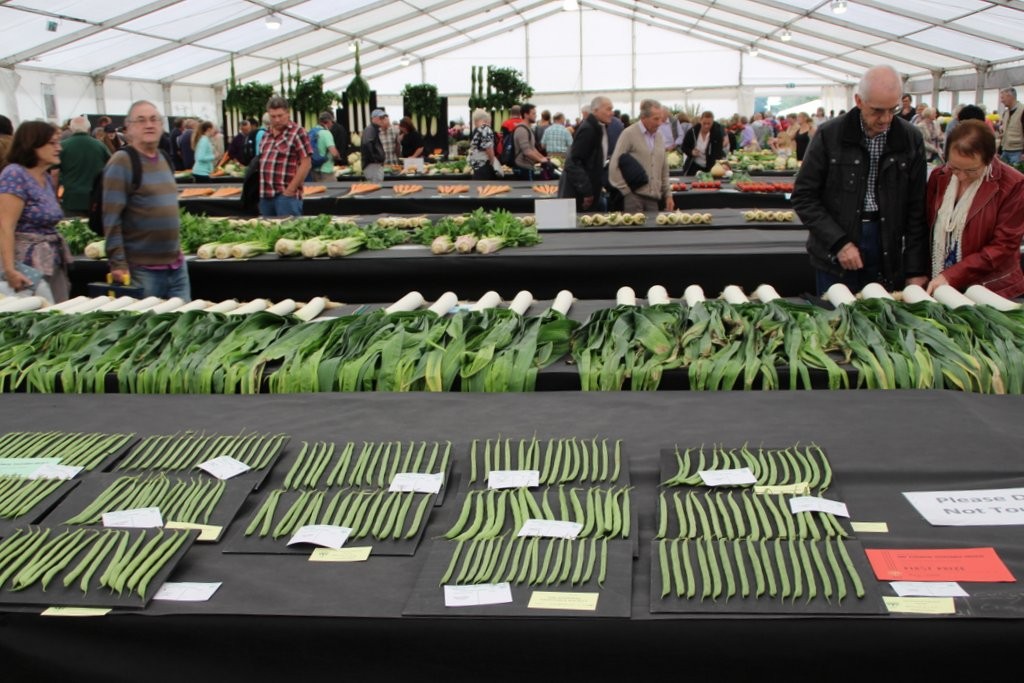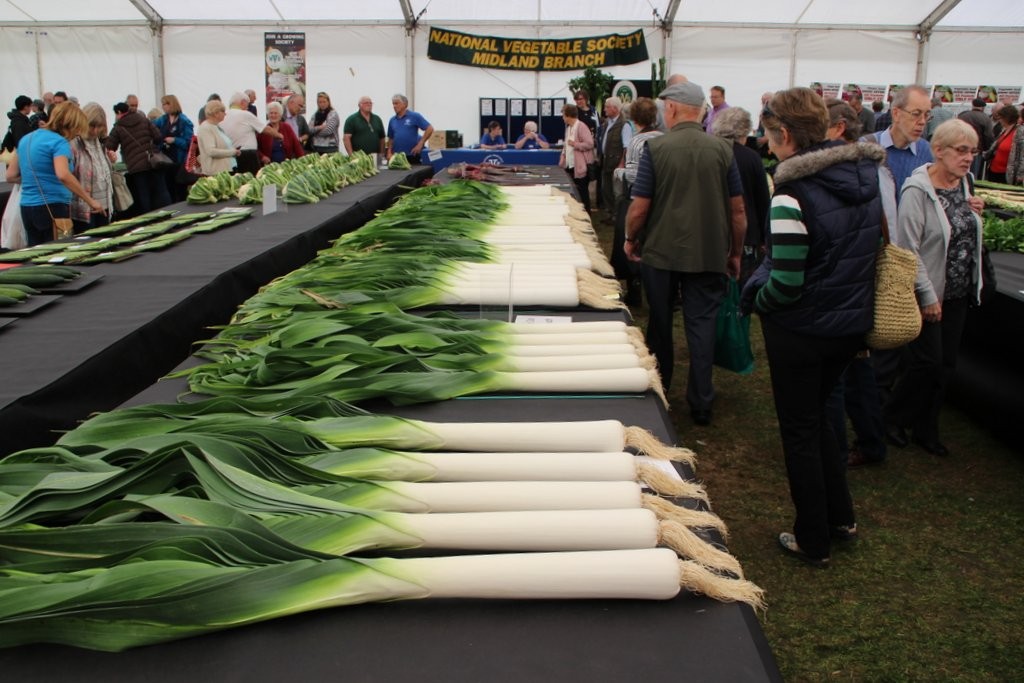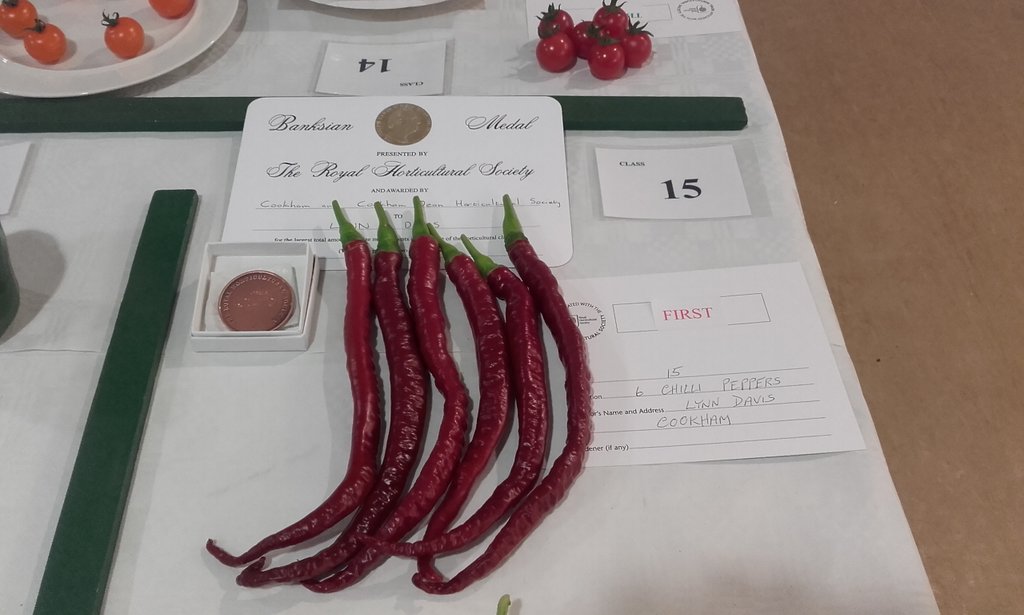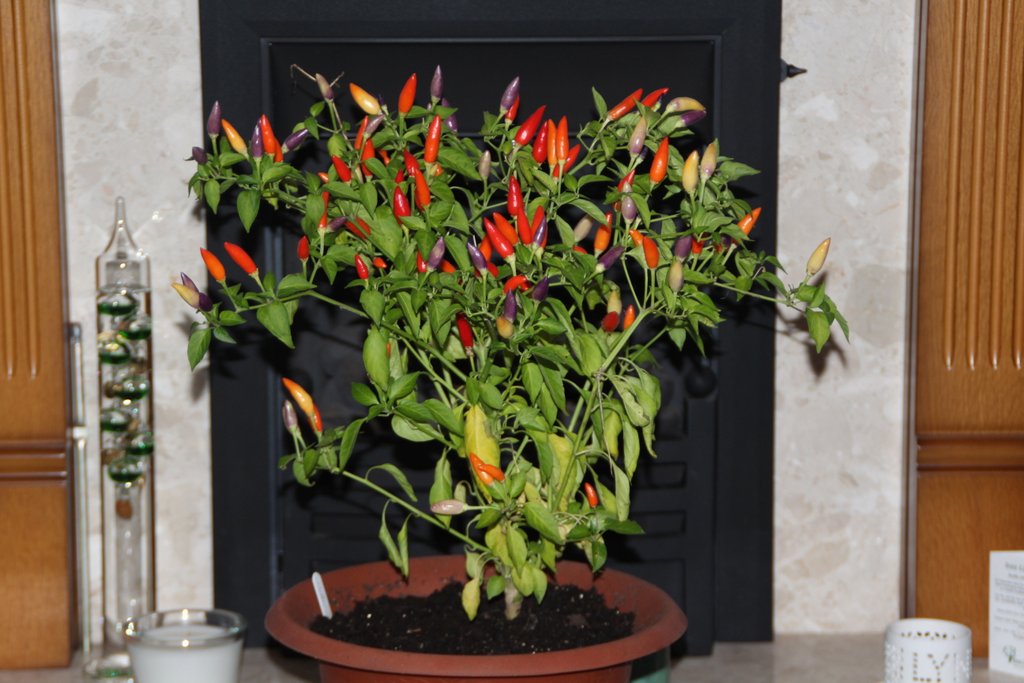This year’s Parish Magazine articles are a little different from the last few years. Each month we’re highlighting a couple of our favourite plants for the time of year. These will be a mixture of ornamentals and edibles across the year.
February is undoubtedly a time when spring bulbs come into their own and we’ve got three on our shortlist of favourites. These are Iris reticulata, snowdrops and crocuses, but which makes it to the top spot?
Iris reticulata have beautiful flowers, which reward close up examination and are stunning in pots and containers. The details almost look painted on.
While many snowdrops also have beautiful and delicate markings, they probably look at their best in large scale drifts and their will be many gardens locally offering snowdrop walks in February.
However, for sheer chutzpah and their splashes of vivid colour in the bleakest of months, crocuses make it to the top of our list (well they do today at least). Whether planted in blocks of similar colour or in mixes, the palette stretching from whites, yellows, purples and combinations of the three make them the ideal bulb for gardens of a modest scale.
Another early spring flower well worth a mention is the Hellebore. Again these are effective in clumps or drifts, but their often nodding flower heads are well worth closer examination to see the delightful detailed patterns.
On the edible front, February is likely to see the first of the forced rhubarb coming through, with the delicate pink stems being one of the first of the New Year’s crops. Most gardens have the space for a rhubarb crown and once established they offer gardeners year on year rewards. Forcing a few early stems doesn’t take a lot of trouble -we simply cover a part of the crown with an old sawn off water butt for a couple of months.

